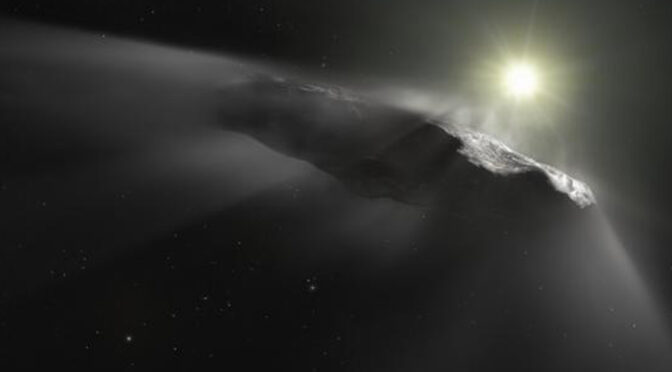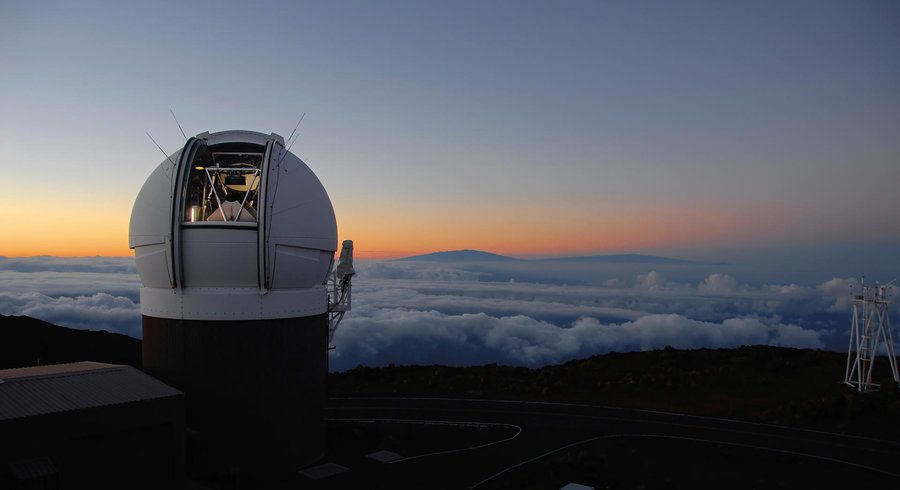 In October 2017, an object from interstellar space was spotted by the Pan-STARRS 1 telescope in Hawaii: it crossed our solar system, passing relatively close to Earth (30 million kilometers away). It was the first of its kind to be detected. Named Oumuamua (“scout” in Hawaiian), it immediately aroused the interest of astronomers. Where did it come from, what as it composed of, what was its history?
In October 2017, an object from interstellar space was spotted by the Pan-STARRS 1 telescope in Hawaii: it crossed our solar system, passing relatively close to Earth (30 million kilometers away). It was the first of its kind to be detected. Named Oumuamua (“scout” in Hawaiian), it immediately aroused the interest of astronomers. Where did it come from, what as it composed of, what was its history?
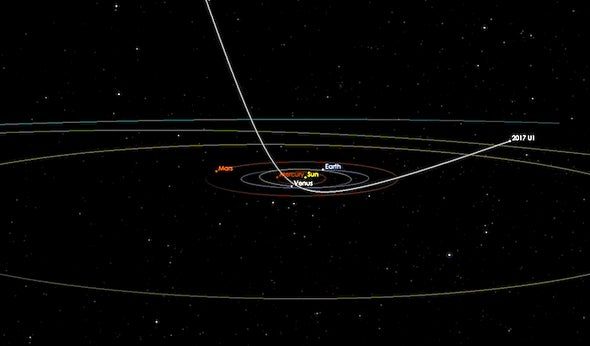
Subsequent radio astronomical observations suggested that Oumuamua was about ten times longer than it is wide, dark red in color, dense and rich in metal. An artist’s view of it in the shape of a cigar was successfully circulating on the Internet.
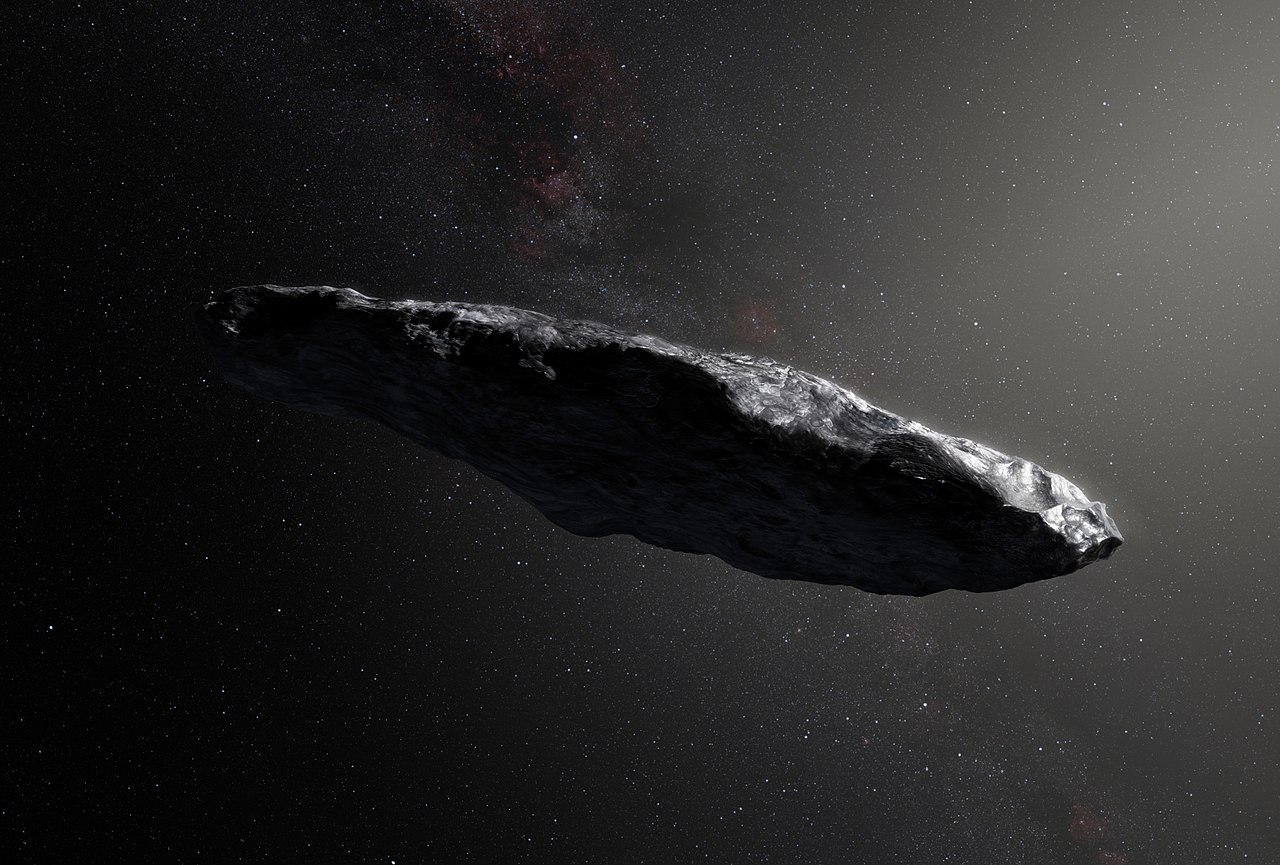
Specialists in “small bodies” believe that it is an asteroid or a comet expelled from its original planetary system, perhaps the remnant of a disrupted planet. But for Avi Loeb, chairman of the Department of Astrophysics at Harvard, its shape is too strange to be natural.
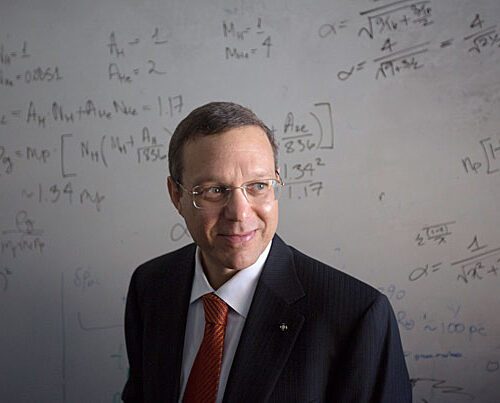
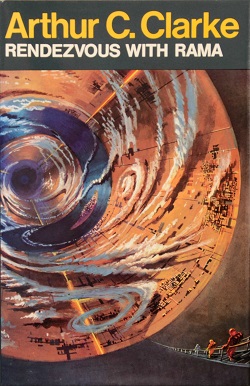 In a very serious article published late 2018 with one of his students, he hypothesized that Oumuamua is an interstellar probe sent to us by an advanced extraterrestrial civilization in order to deliver a message. Like the majority of my colleagues, I considered at the time the idea intelligent and daring, but far-fetched. It was irresistibly reminiscent of the scenario of Rendezvous with Rama, a science fiction novel published in 1973 by Arthur C. Clarke that all fans of the genre are familiar with.
In a very serious article published late 2018 with one of his students, he hypothesized that Oumuamua is an interstellar probe sent to us by an advanced extraterrestrial civilization in order to deliver a message. Like the majority of my colleagues, I considered at the time the idea intelligent and daring, but far-fetched. It was irresistibly reminiscent of the scenario of Rendezvous with Rama, a science fiction novel published in 1973 by Arthur C. Clarke that all fans of the genre are familiar with.
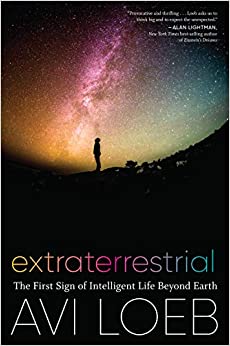 However, Loeb has developed his thesis in a book that is enjoying a worldwide release (happy Anglo-American authors and what a formidable editorial machine!), with the simple and appealing title Extraterrestrial.
However, Loeb has developed his thesis in a book that is enjoying a worldwide release (happy Anglo-American authors and what a formidable editorial machine!), with the simple and appealing title Extraterrestrial.
At first glance, this is the kind of sensational book that would have annoyed me. However, I know its author. Far from being one of those whimsical popularizers who occasionally make the headlines with catchy titles, Loeb is a genuine scientist who has published very serious articles on a wide range of subjects, from cosmology to black holes. I am therefore well placed to appreciate his contributions. In fact, he personally received me in June 2019 at Harvard, during the gala dinner of the conference organized to celebrate the first telescopic image of a black hole obtained two months earlier by his team, and which confirmed my calculations made 40 years earlier (hence the invitation).
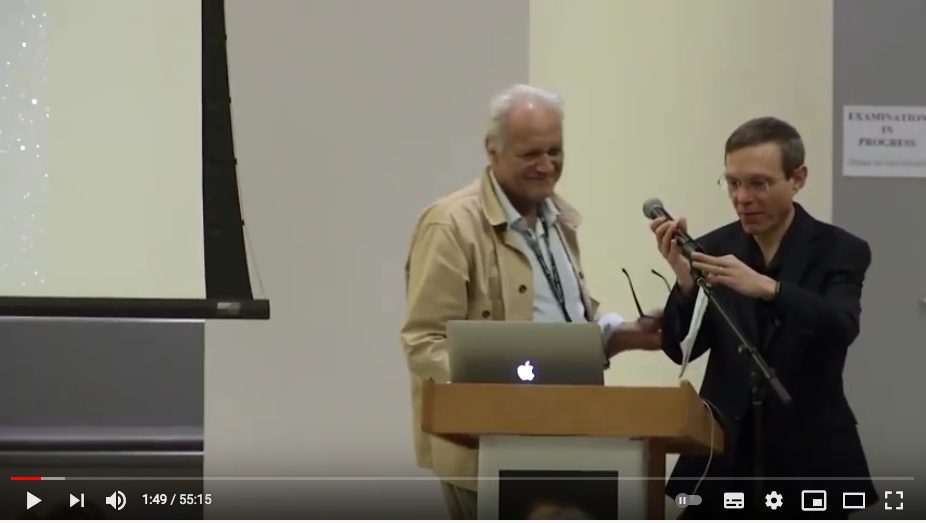
Loeb is a particularly imaginative mind. With this book for a general audience, he also proves to be an excellent writer, taking care of the scientific background as well as the literary style. One can judge it by this simple sentence: “a photo-sail swept away by the gust of a supernova makes me think of the fluffy pappus of a dandelion seed, blown by the wind towards virgin soil to be fertilized”.
From the introduction, he reminds us that one of the fundamental questions of humanity, undoubtedly the one that challenges us the most through the prism of science, philosophy and religion, is: are we alone in the universe? And, more specifically, are there other conscious civilizations exploring interstellar space and leaving testimonies of their undertakings?
The question certainly fascinates the general public. Just look at the success of the French UFO series currently on Canal Plus channel, of which was the scientific advisor – proof that I take the question of extraterrestrial intelligencies seriously, even if I am far from being as convinced as my American colleague.
The public, which generally has an agreed idea of scientists right in their boots, is probably unaware that many astrophysicists would dream of convincing proof of the existence of advanced civilizations. But for the moment, it must be admitted that there is none. Being a scientist also means knowing how to deal with the disappointment of “natural explanations”.
Loeb puts forward a whole series of arguments, presented by him as “evidence”, to support his hypothesis. One of them is the unusual form of Oumuamua. In reality, no telescope has ever been able to obtain a real image of the object, but from the periodic variation of its brightness (by a factor of 10 every seven hours), modulated by its own rotation, we deduce that it must be stretched. It can therefore indeed look like a cigar… or a pancake. However, cigars or pancakes are precisely configurations resulting naturally from the deformation of celestial objects subjected to powerful tidal forces, as I myself calculated in a reference article published in 1986 in the Astrophysical Journal :
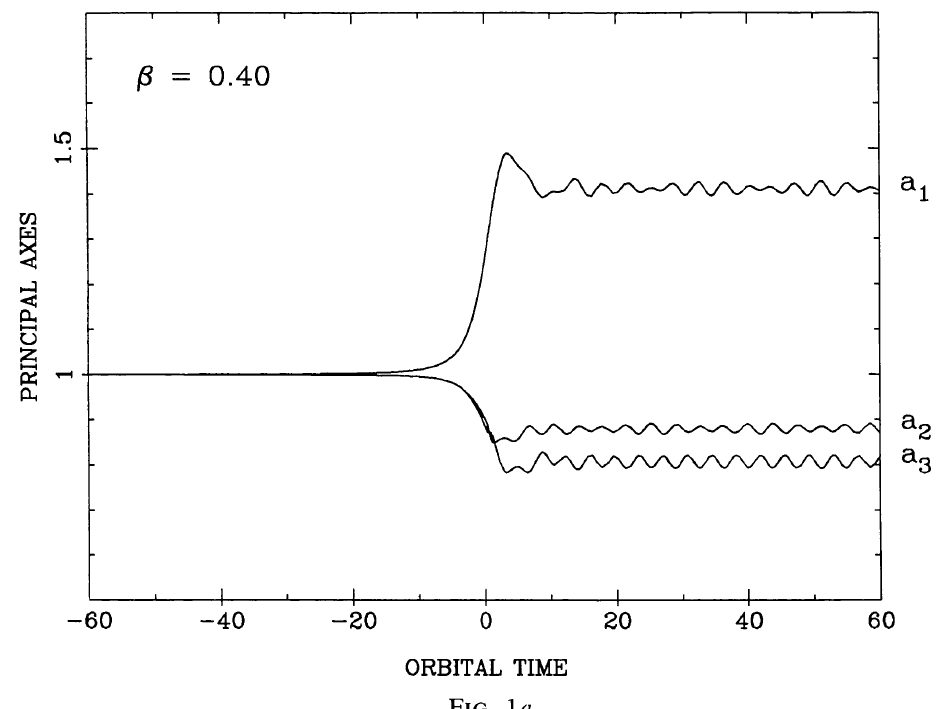
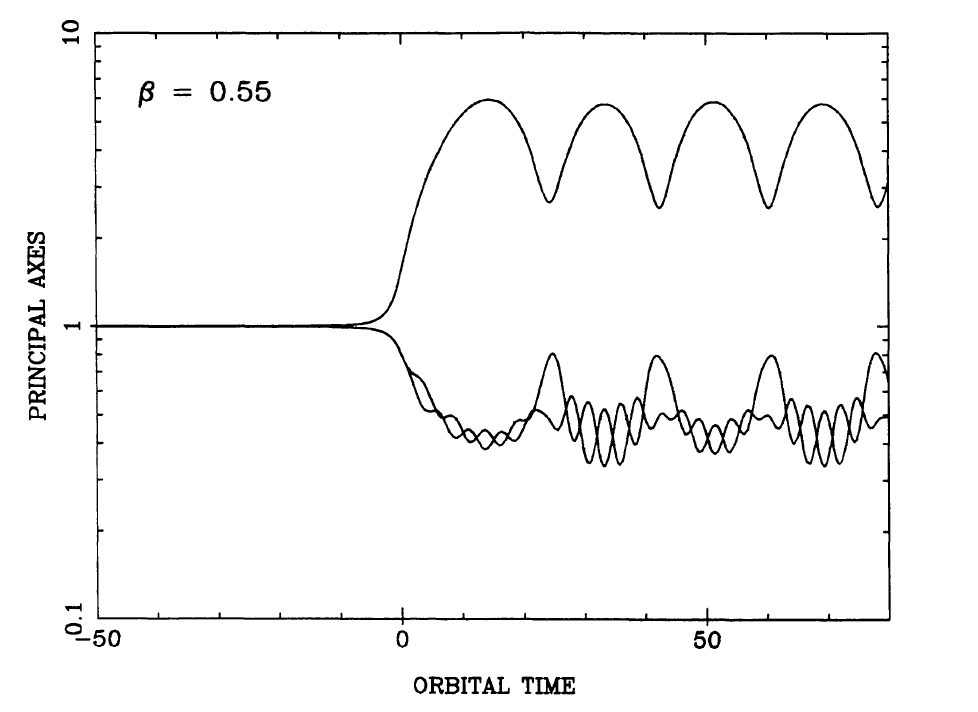
Another argument put forward by Loeb concerns the changes in orbital velocity of Oumuamua: in addition to the force of gravity, it seems to have undergone an additional thrust. Even if a natural degassing of cometary type can account for this non-gravitational acceleration, Loeb puts forward the hypothesis of a stellar sail equipping the spacecraft. Far from being a whim, solar or stellar sails are the subject of active research. Loeb chairs the advisory board of Breakthrough Starshot, an ambitious project to send tiny probes propelled at one-fifth the speed of light by lasers illuminating sails of light.
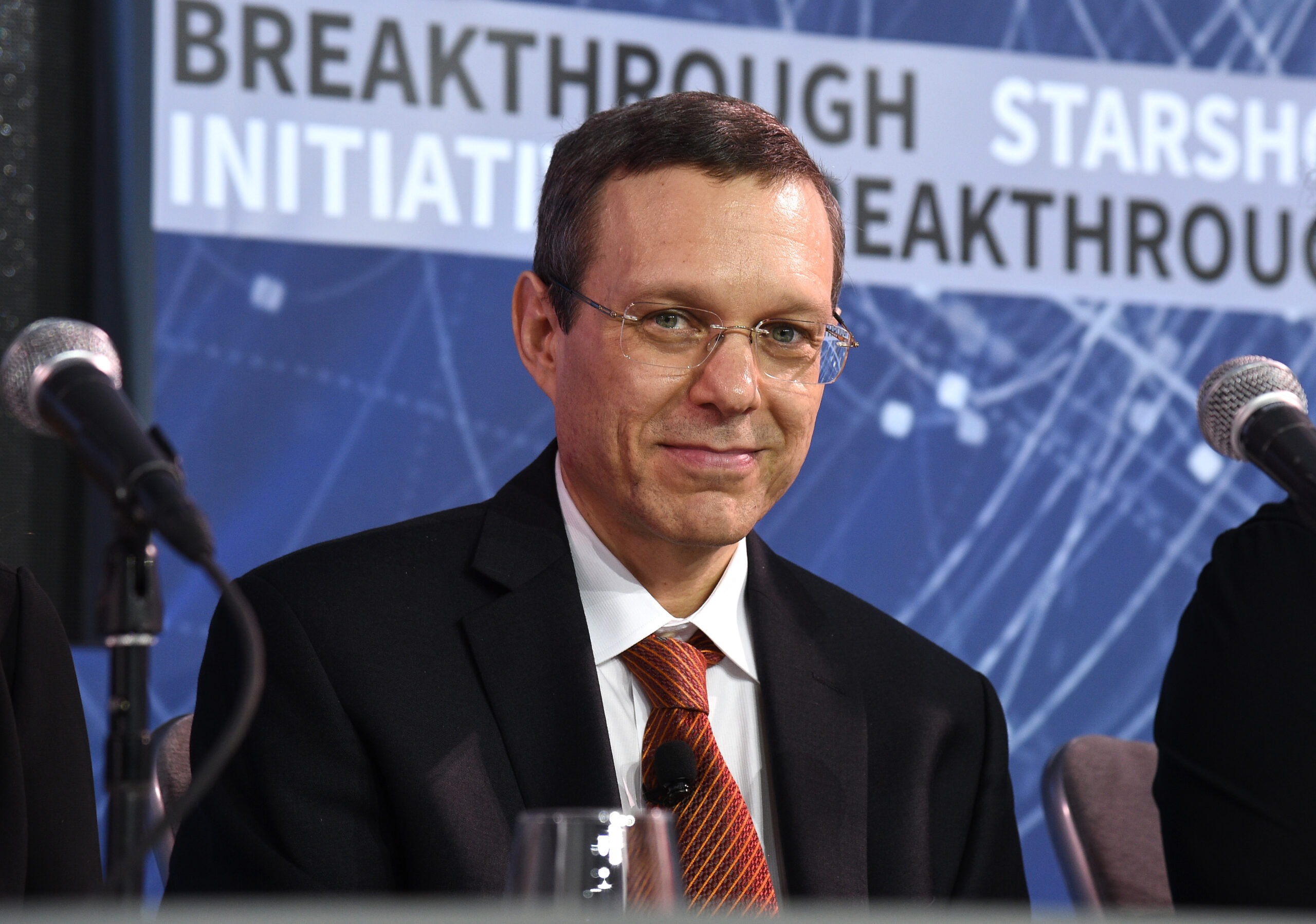
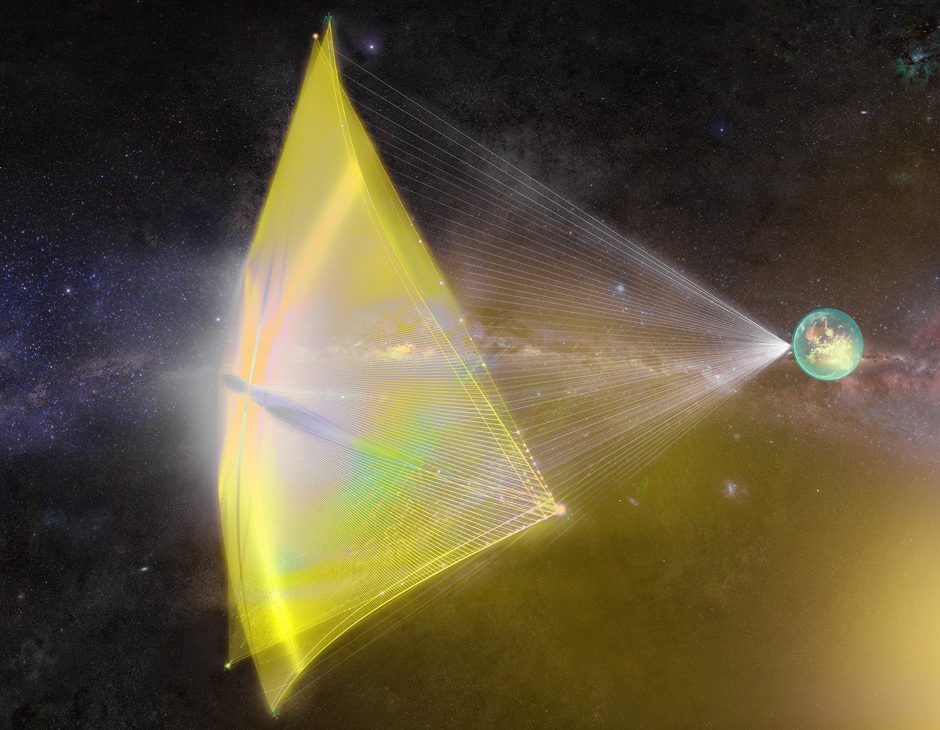
Let’s be clear: there is no need to resort to an extraterrestrial origin to explain the quirks of Oumuamua, simple natural processes can most likely suffice. An excellent blog article by the American astrophysicist Sean Raymond living in Bordeaux, France, explains it in more detail.
Besides the salutary scientific controversy, the book is not free of small errors, especially on elements of the history of sciences that are currently agreed but still inaccurate. Avi Loeb writes, for example, that in his Starry Messenger of 1610 Galileo promoted the heliocentric system, whereas the Italian astronomer was careful not to do so in this observational account, cautiously devoid of any theoretical interpretation. It is only 22 years later, in his Dialogue on the Two Chief Systems of the World, that Galileo firmly supported the Copernican system (without adopting Kepler’s much more elaborate version, in which the trajectories of the planets are ellipses and not circles). Another mistake, so repetitive in American popular science books, is to attribute to Hubble and Humason the discovery of the expansion of the universe. These two astronomers compiled in 1929 the redshifts of galaxies measured by other astronomers (notably Vesto Slipher), interpreted them as a Doppler effect due to the galaxies’ proper velocities, and provided an empirical law of proportionality between recession velocities and distances, without any consideration of the expansion of space. The Belgian Georges Lemaître had published the same law in 1927 (recently renamed Hubble-Lemaître’s law by the International Astronomical Union) and above all had correctly interpreted it in terms of expansion of space…
Anyway, these small imperfections do not call into question the general quality of Avi Loeb’s book. The author himself acknowledges the very speculative dimension of the ideas he defends. But, and on this point I fully agree with him, giving credit to the extraterrestrial hypothesis to better study its consequences can only stimulate inventiveness and foster open-mindedness. After all, I did the same in my last book dealing with equally extravagant hypotheses concerning quantum gravity, the extra dimensions of space-time and other multiverse ones!
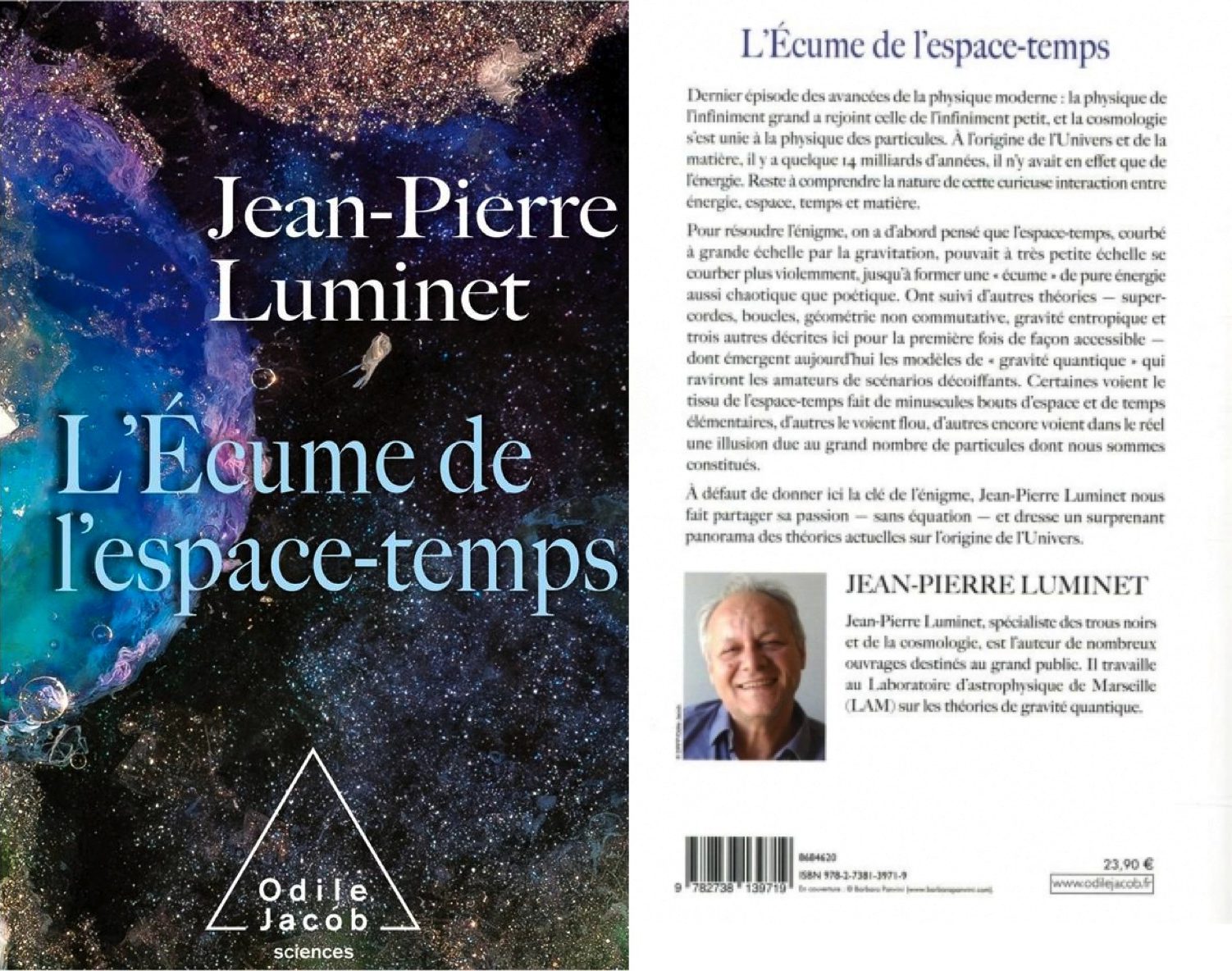
At the center of his argument is a bet modelled on Pascal’s, who believed that the good side of belief in God far outweighed the bad side. Likewise, we would have everything to gain by betting that Oumuamua is a piece of advanced alien technology. An optimistic bet can have a transformative effect on our civilization.
But are we ready to face such bets? Like Avi Loeb, I’m afraid not. Just look at the increasing closure of minds to any original thought form in favor of dominant currents of thought. Among other distressing examples, this is shown by the current health crisis, in which any analysis that does not conform to official doctrine is systematically discredited.
For this reason alone, this book, both an elegant memoir and a vibrant plea to keep an open mind on everything that can exist in the universe, is truly worth reading.
